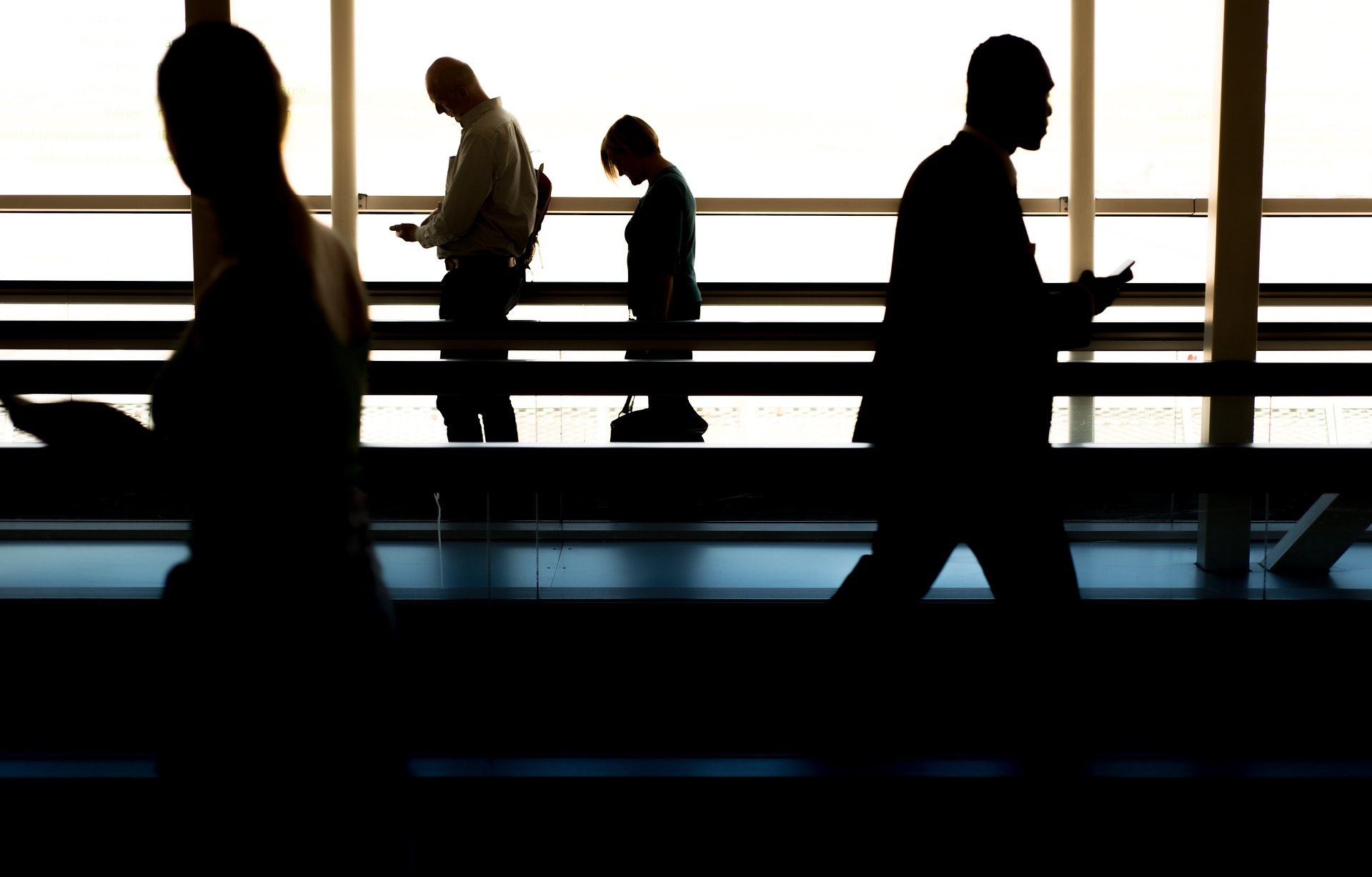We are in new territory.
Four weeks ago, here in Australia, we didn’t have to think about how to evacuate a building if someone showed symptoms of an infectious disease.
Ideally the planning and protocol for this would have been explored, tested and implemented before it was needed. However we rarely operate in ideals, and sometimes, it’s not possible especially in circumstances when the unexpected escalates with frightening speed.
COVID-19 or other pandemics no longer fall into the unexpected, we have watched with broken hearts as our global community has been impacted. We are feeling the creeping anxiety and fear as we face into the next 3 months.
I, like many others, have now experienced a COVID-19 building evacuation. A cookie-cutter approach implementing existing emergency drills falls short and puts the very people we are doing our best to protect at risk.
There is much to learn and in service of this learning I sought out experts to help in case you haven’t yet had the bandwidth to work out the details. Before we go there, let’s look at why using existing fire protocols may cause more harm than help.
Why Fire drills are not the best option.
Emergency situations that require quick evacuation are essential and part of the DNA of organisations, public places and government offices. Practiced often, these processes save lives.
The current COVID-19 crisis requires the same dedicated preparation. There are aspects of current evacuation protocols that can be leveraged, however, assessment and evaluation of existing processes could potentially save lives, minimise the spread infection, anxiety and keep a sense of calm.
‘Ensuring the evacuation doesn’t create additional fear and anxiety at a time when we need people to be most mindful of each other is important. The key considerations should be reducing confusion and counter messages’. Dr Sophie Adams, Clinical Director, Orygen, The National Centre for Excellence in Youth Mental Health
An important message here from Dr Adams. Consciously creating a calm energy will assist in feelings of safety, both psychologically and physically, reducing panic which may help to maintain the required social distancing during an evacuation.
In fire drills I have experienced, some doors were closed to move people through nominated exits. This results in people being funneled through one exit, putting people at risk during a pandemic evacuation.
Some questions below to stimulate reflection and thinking:
- Is there a need to leave the building quickly? possibly not. What is required, is that people are able to leave calmly whilst maintaining the required space to stay safe.
- How many additional team members will be required to monitor as many exits as possible to support this?
- What limits need to be in place? For example: how many people are in a lift at any one time.
- What messages need to be communicated at each station? An example: a reminder to avoid touching buttons with hands, instead use an elbow or knuckle.
- How will you minimise the risk of cross-contamination from door handles etc? An option could be securing as many doors in an open position as possible to avoid cross-contamination.
- What needs to be provided as people leave. The obvious is hand sanitizer, how about something to make people smile, a chocolate, a caring message etc.
HR Director Anne Ridgeway shared her expertise.
For people to leave safely and calmly and have ongoing confidence in their culture and their leadership they need to have the upfront knowledge of what is required to leave the building safely. In these trying times, a fire drill evacuation doesn’t cut it.
We now may have time to plan a clear communication of what might be required to exit due to a COVID -19 evacuation and circulate it in various media early before employees might have to leave. In these times of change, open clear communication from leadership gives some security to people who need to know they are not endangering themselves or others.
This approach might include:
- a trigger email not an alarm with a message from leadership
- a floor by floor plan to leave over a reasonable period of time
- information of what you need to gather to take with you
- Communicating the need to move calmly maintaining
- Upholding social distancing of 1.5 metres apart
- include contacts and plans for working from home
- contact details for support services and EAP (Employee Assistance Program)
- presence of leadership as employees leave the building
- follow up messages, contact information and how to stay connected.
We will need to re-establish a functioning business culture at some stage and the way this crisis is handled will be the company’s legacy.
Safety and evacuation protocols are not in my area of expertise. Often, leaders I work with find themselves in situations where they are required or feel compelled to (as I have today), explore something that is outside their expertise.
When they do, having an extensive, broad and diverse network is a gift to help plug the gap, stretch thinking and learn something new.
I’m grateful for the generous network I have access to, talented experts in their fields. In this case, the Scientists, the Doctors and Specialists in risk and public health through my work with Homeward Bound projects. And through the HR professional community, many who are my wonderful clients.
To you all, thank you for sharing your thoughts, your wisdom, your insights and your expertise so I could share what I hope will be of value to others.
It is my sincere wish that this has been of value to you, and if so, please share with others who could also benefit.
Thank you.


